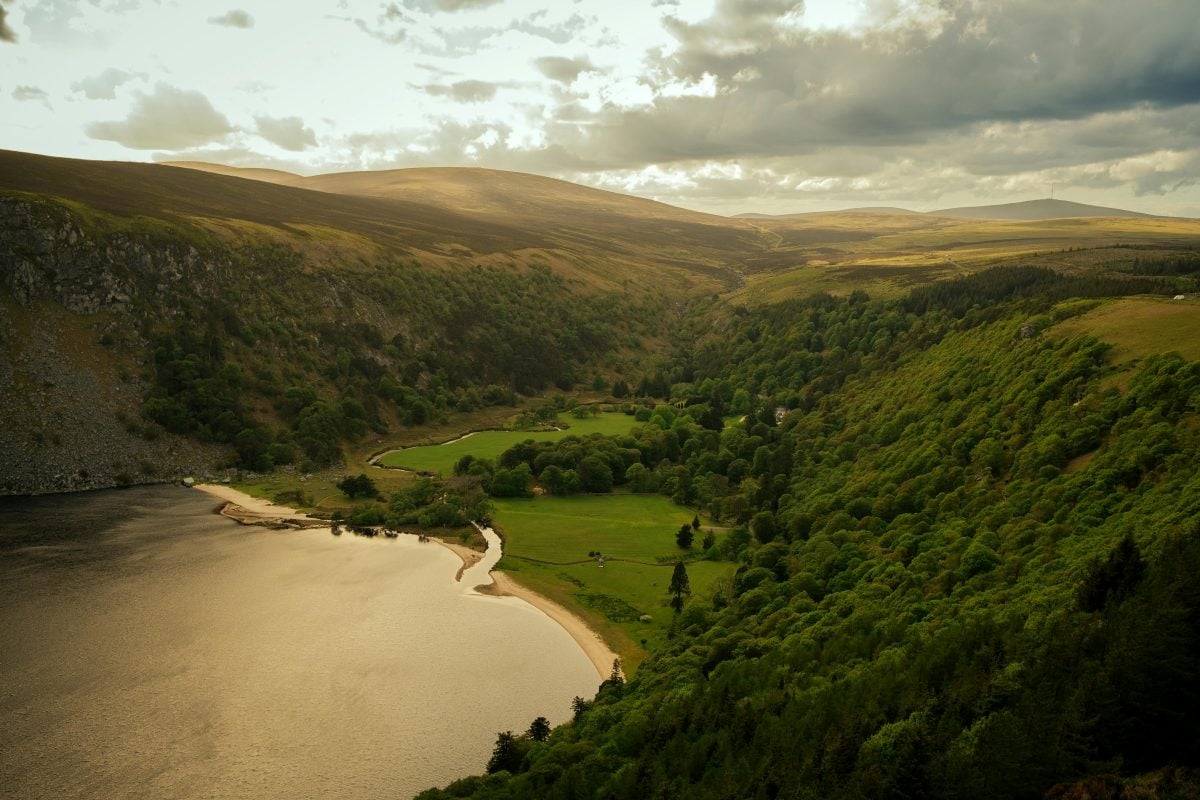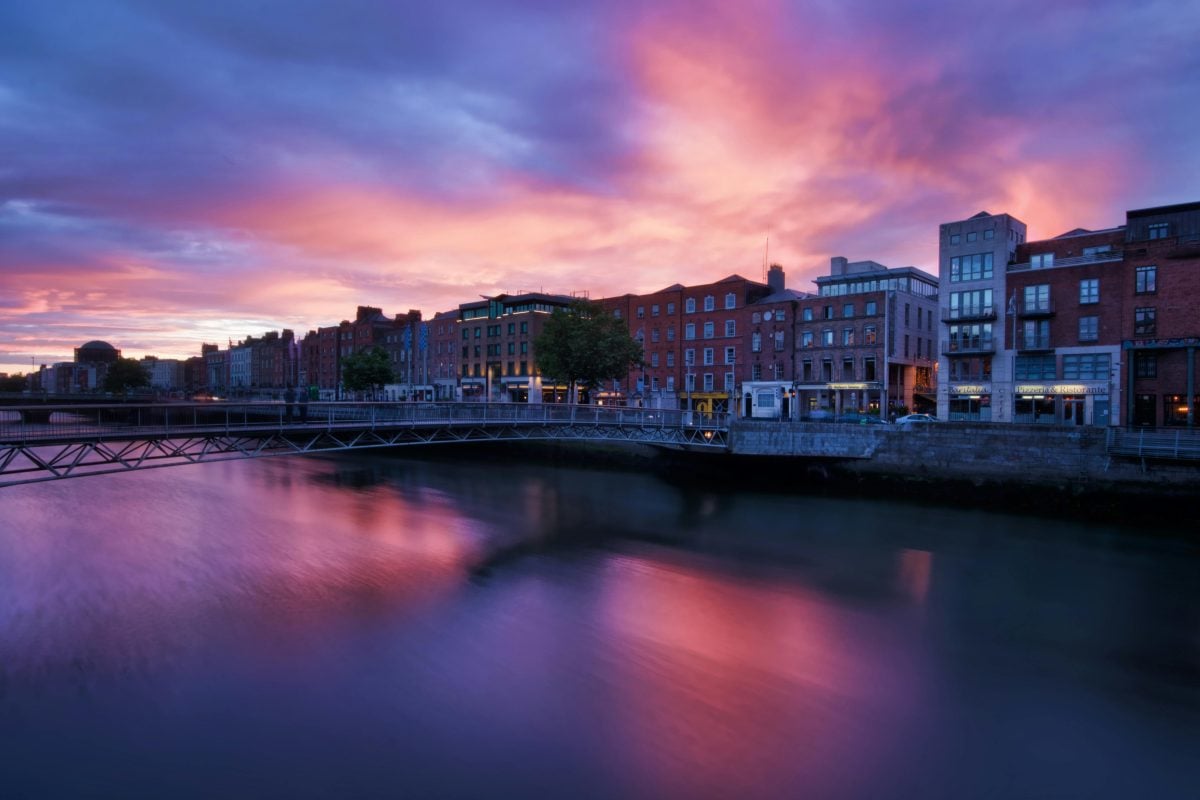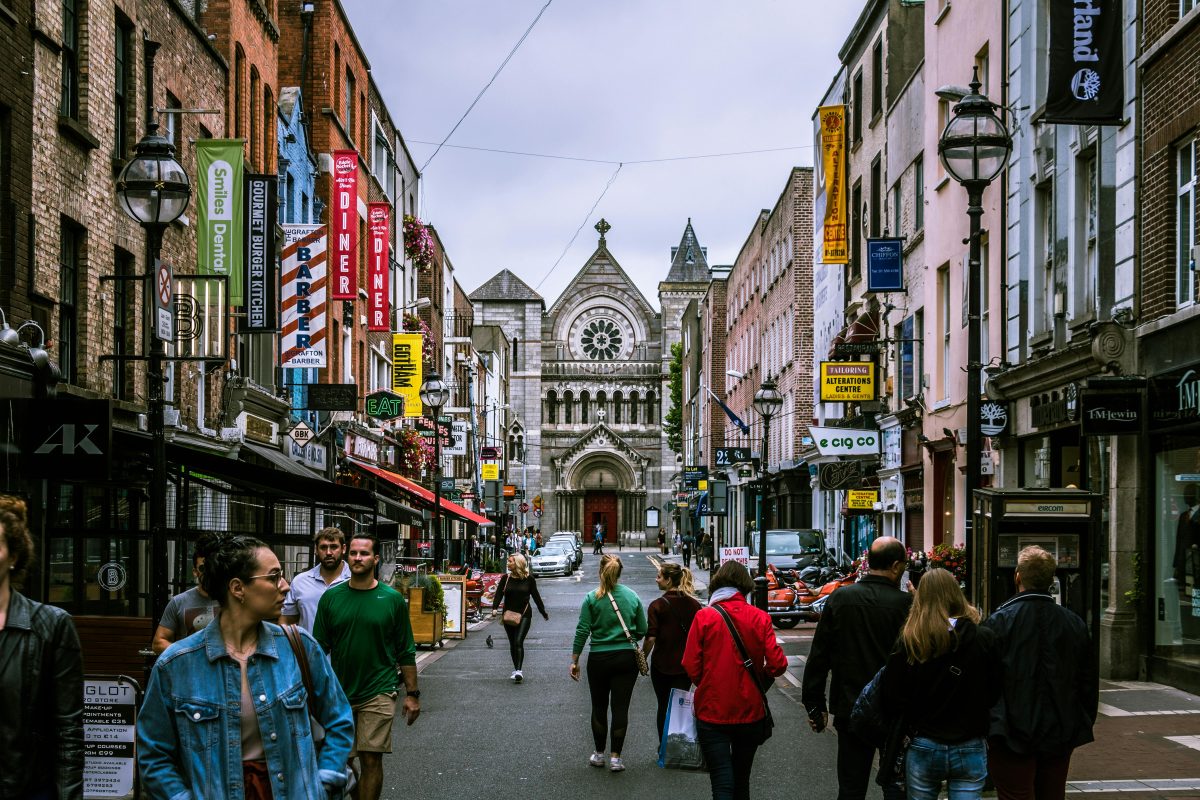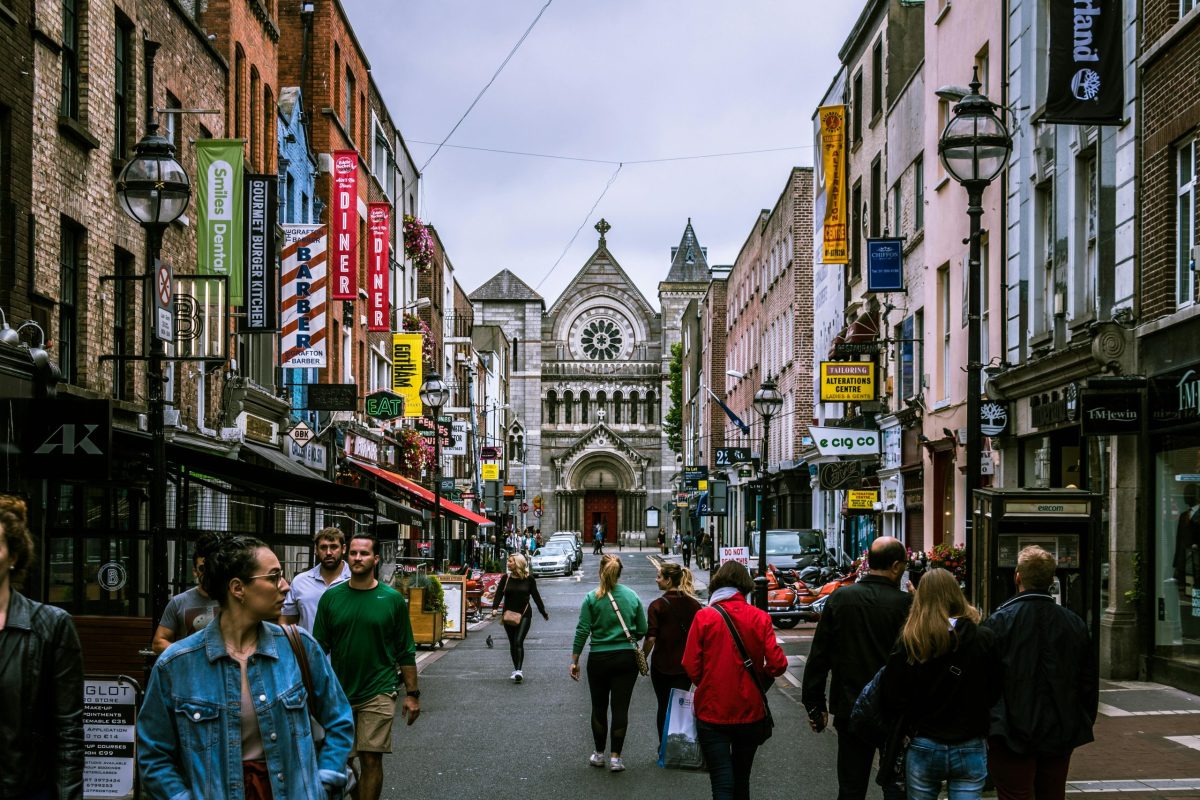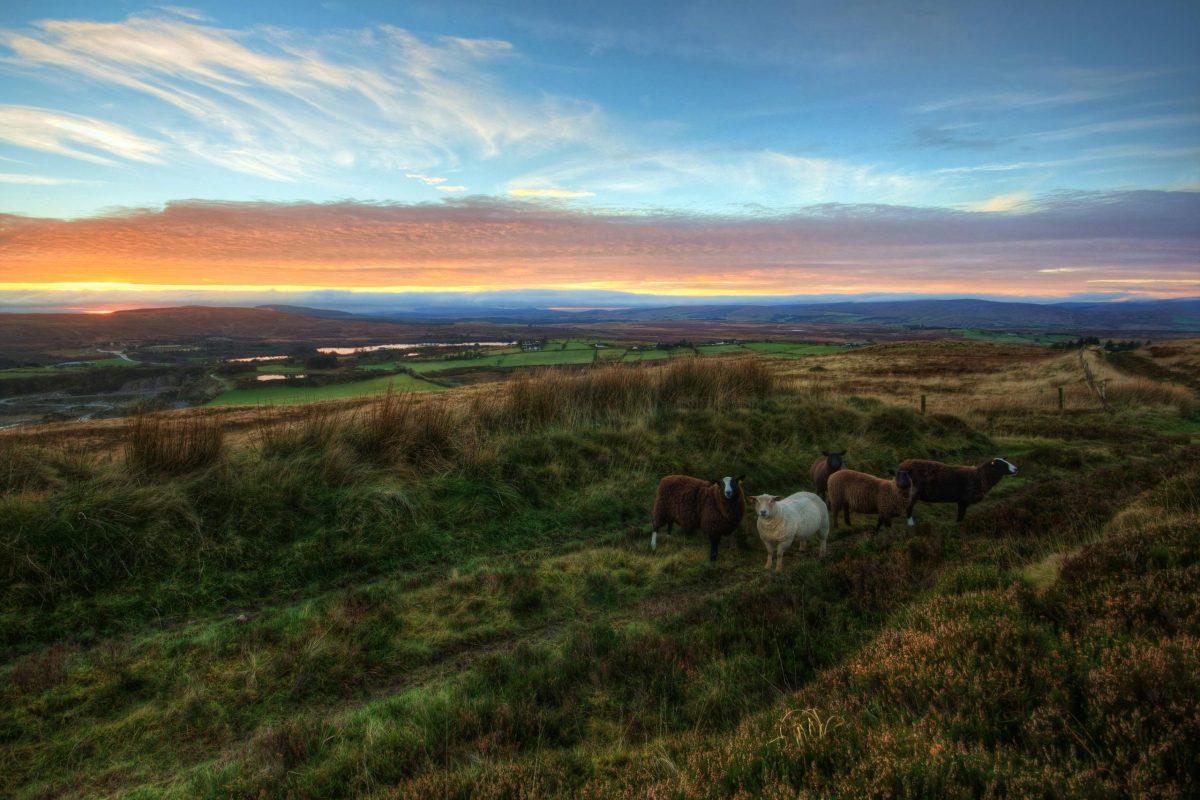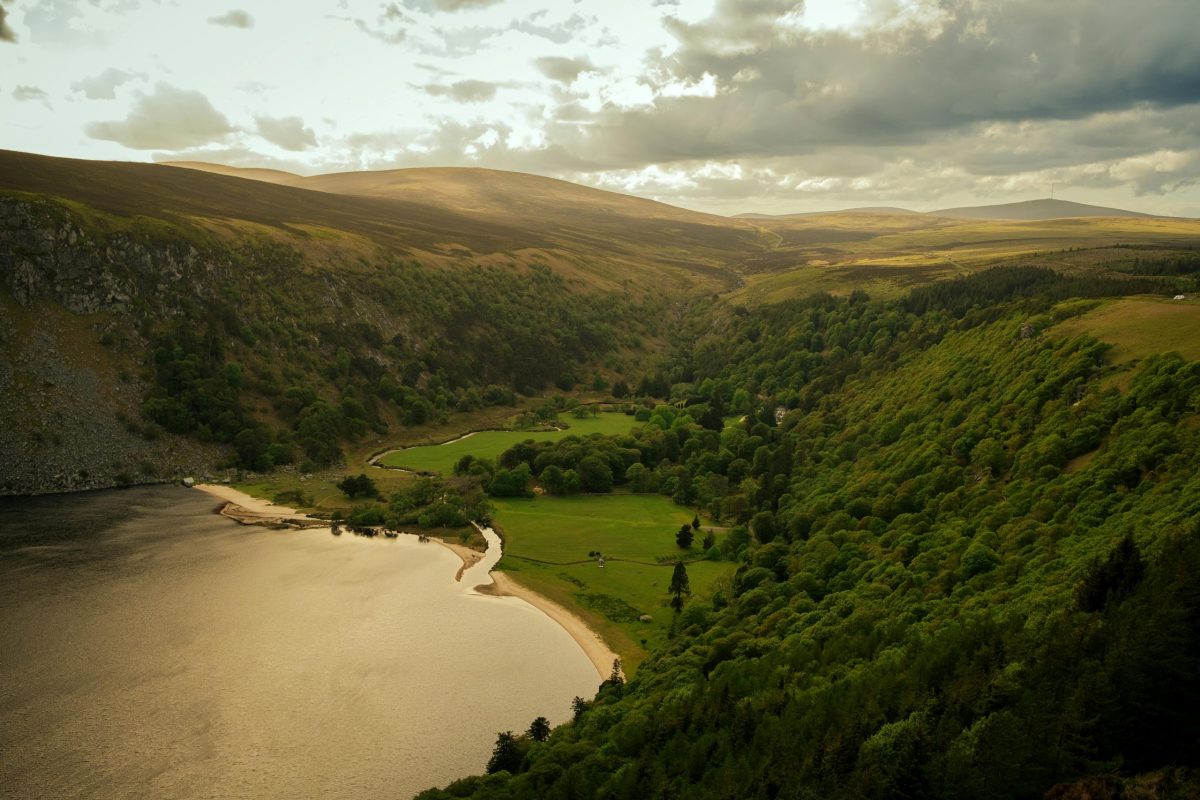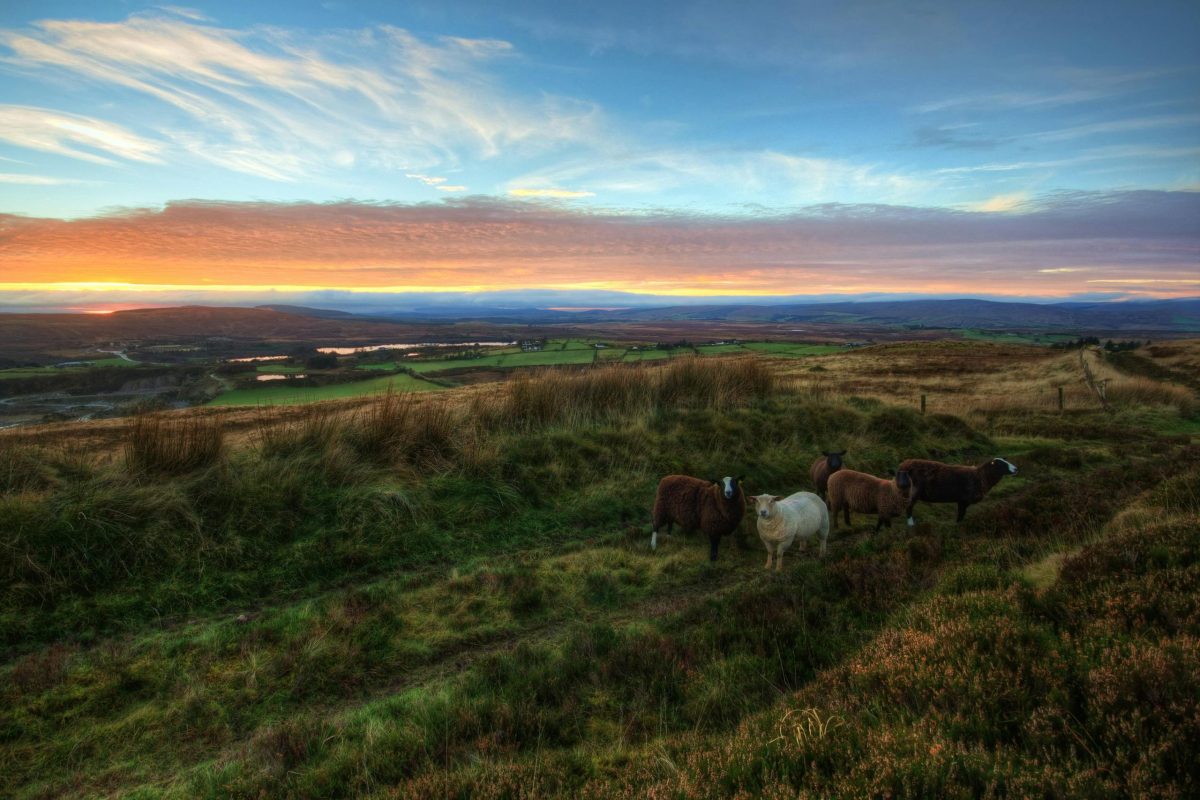When the Irish Football Team United a Divided Nation — and Saved a Generation
Estimated reading time: 5 minutes
Key Takeaways
- The 1988 Irish football team became a symbol of unity for a divided nation.
- Major moments like Ray Houghton’s goal fostered a sense of shared identity.
- The success of the team ignited a lasting passion for football across Ireland.
Table of Contents
Introduction
A Moment of Magic
The Shared Dream
Echoes of Today
Did You Know?
FAQs
Final Word
Introduction
In the summer of 1988, a nation held its breath, each heart beating in time with the rhythm of the football. When the Republic of Ireland’s team stepped onto the hallowed pitch of Stuttgart, they weren’t simply players; they were the embodiment of hope for a fractured country. A country split by a border and burdened by history, watching as their boys—under the watchful gaze of the green hills of home—became the flickering beacon of unity. This was not just football; this was a rallying cry, a revival, a lifeline thrown to a generation desperate to believe again. It was a story that would echo through the years, leaving an indelible mark on the soul of the Irish.
A Moment of Magic
Picture it now: the streets of Monaghan filled with laughter, hopes woven tightly with the shimmering love of football. The crowds gathered, young and old, all eyes glued to the television screens. The air in the pubs was thick with tension and excitement. When Ray Houghton scored that unforgettable goal against England, the roar that erupted felt like thunder through the ages. For those brief moments, it was as if the iron grip of division had loosened, if only just. In pubs, living rooms, and town squares, strangers embraced, sharing in the joy of what suddenly felt possible. “We are a nation of one,” they boasted. It was in that fervor that football transcended sport; it became a vessel of hope—a chance for shared identity and purpose amid the chaos of everyday life.
The Shared Dream
It wasn’t just about victory on the pitch; it was the dream, the aspiration of unity that lifted spirits. Fans carried their hopes stitched into their jerseys—each number a soldier fighting for pride, for a sense of belonging. Off the field, the Irish Sunday papers began publishing pieces that felt radical, hopeful, and optimistic. The voice of the team became the voice of the nation. The Republic’s triumphs on the world stage were seen as collective rather than individual, rekindling the notion that perhaps together, they could rise above their fractures. They became symbols of possibility, of what it meant to dream larger than oneself. Bobby Robson, the English manager, would later declare it was “the best moment in Irish football history,” but for the people, it was so much more—a reawakening of identity wrapped in the warmth of community.
Echoes of Today
Fast forward to today, and the echoes of that historic campaign still resonate. Ireland’s football teams continue to inspire pride and passion, reminding young Taylors, Carlings, and Maguires that anything is possible. In an era where divisions still linger, where housing crises challenge youth dreams, where identities are forged daily in the fires of a complex world, football remains a unifying thread. The gleam of a Green Army jersey is still a source of courage, a banner for solidarity across the diaspora—whether in New York pubs, Melbourne cafés, or Dublin squares. Every match is a reminder of what it means to band together, to fight for a future. “Remember that summer?” they say, eyes glistening with the warmth of nostalgia.
Did You Know?
- The Republic of Ireland’s historic run to the quarter-finals of Euro 1988 was their first major tournament since their establishment in 1921.
- The achievement spurred a deeper passion for football across Ireland, increasing grassroots participation in the sport.
FAQs
Why is the 1988 Irish football team significant?
The 1988 team is often credited for uniting a divided Ireland, providing a shared sense of pride and identity during a time of social uncertainty.
How did the team’s success impact future generations?
Their success inspired countless young players and fans and laid the groundwork for an enduring passion for football throughout Ireland.
Final Word
As the sun sets over the emerald isle, the legacy of that fateful summer endures—reminding us that even in division, we can find common ground. If you carry the same pride we do, you’ll find a piece of home waiting at
HubIrish.com.


